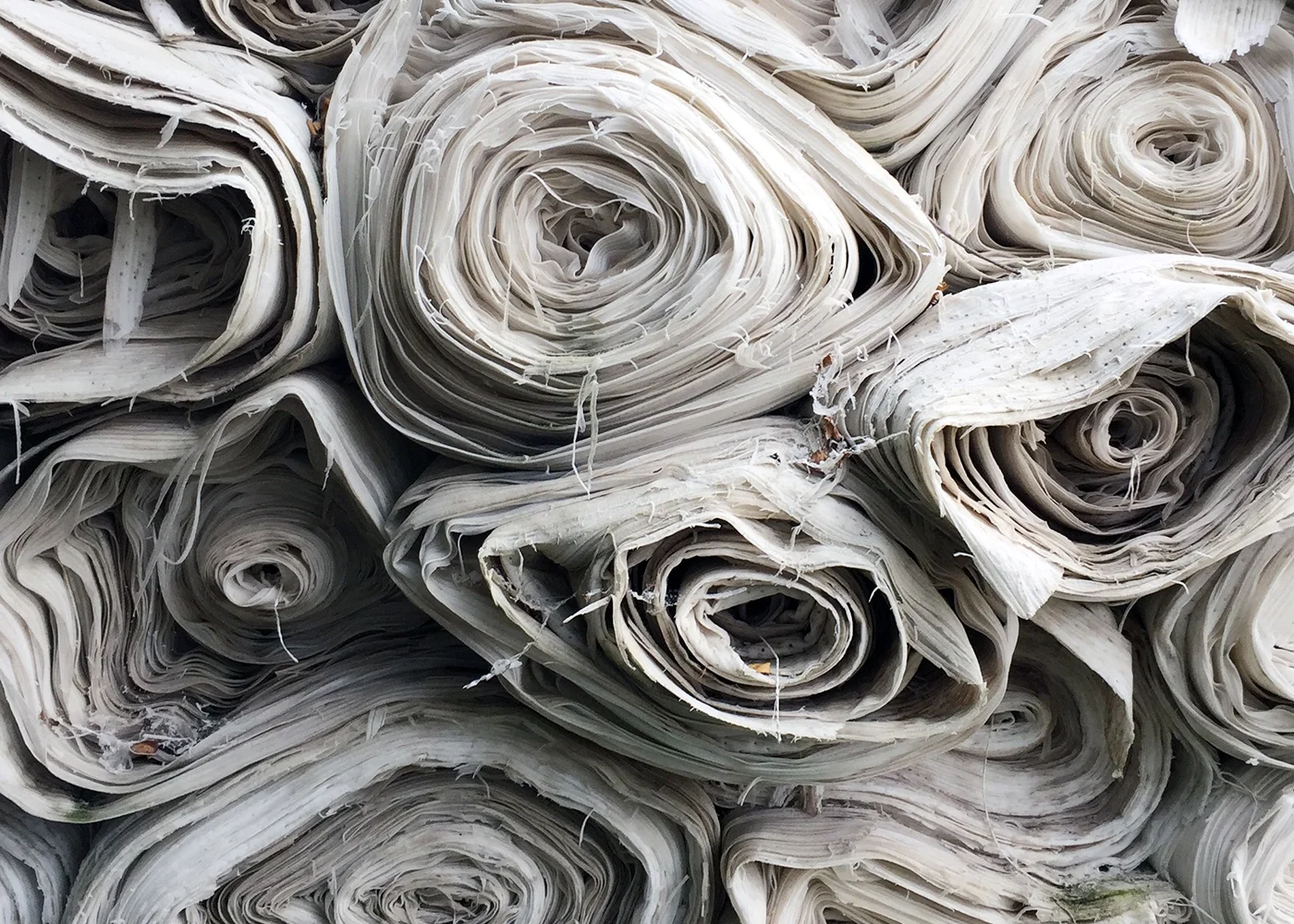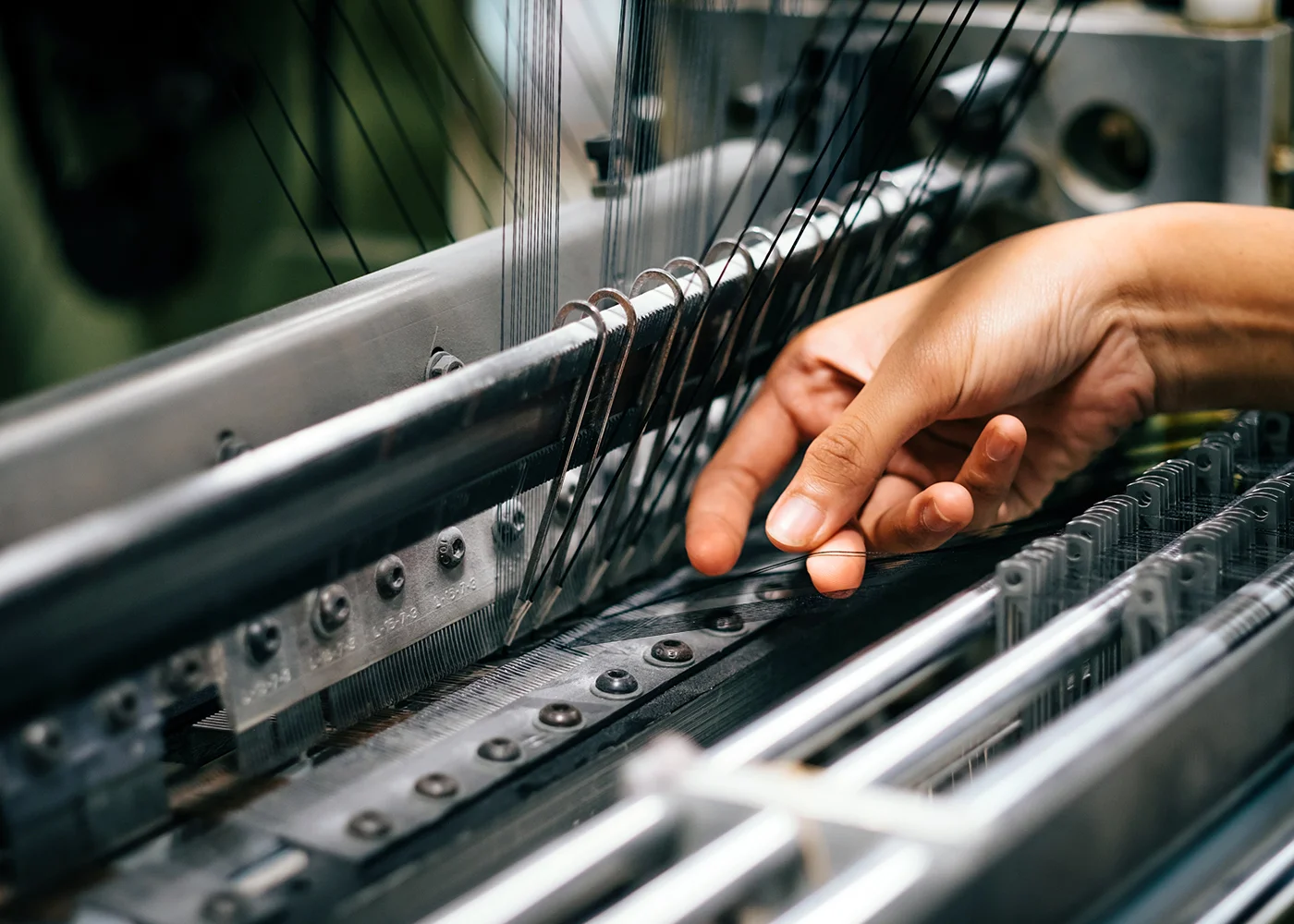Circularity and technology advancing sustainability
The fashion and textile industry has gained a questionable honour of being the second most polluting industry in the world. Being a significant player in the global economy, the fashion and textile industry is worth nearly three trillion dollars annually. The industry has gained a questionable honour of being the second most polluting industry in the world. Clothing that doesn't sell or is out of fashion is too often discarded in landfills, even though 95% could be recycled or worn again.
Circular fashion is one of the resolutions that could serve as a sustainable solution for mass-produced garments of the growing global population. However, proceeding with circular requires reorganizing the whole fashion process. New technologies, smart textiles and platforms are creating disruptions that enable circularity and industry’s sustainable development as a whole.
It is forecasted that clothing consumption will rise by 63%, to 102 million tons in 2030. Increasing production quantities, scarce materials and climate change stress the hurry to fix the industry's sustainability issues, both social and environmental. Scarce natural resources combined with population growth are likely to add challenges to the mix while risking businesses’ profitability. Although some efforts towards sustainability have been made, more drastic actions are needed urgently.
Currently, most fashion design, production and supply chains go through their lifecycle linearly. In a traditional linear production process, raw materials are exploited only once and recycling of products or their components is minimal. The environment would benefit largely from turning this linear process into circular, by returning the raw materials back to production and consumption.
A staggering 95% of discarded clothes could have been recycled or worn again. Circular models aim to avoid natural resources and raw materials ending up as waste in landfills after garments are no longer worn. The goal is to create holistic products that are used as long as possible and later returned safely to the biosphere. Shifting to a circular business model means initiating the design with a focus on the next use phase, exploiting all products’ potential uses, and finally taking out the materials and components at the end of the lifecycle for use in the next product.
To fully benefit from precious natural raw materials and proceed with circular initiatives, it is important to create innovative and disruptive means to reorganize the whole textile recycling. Until now the full potential of digitization and technological advancements has not been reached optimally within the fashion industry, which highlights the need for new platforms and solutions.
The technology could offer better means to work towards sustainability by enhancing garment traceability and automated material sorting in the recycling process. New technologies and platforms are creating disruptions that might aid the industry’s sustainable development and enable circularity.
An example of this would be allowing digital fibre detecting for further processing as Spectral Engines’ sensor does. One of the new players in the field of circular material flow is a startup called Sideflow. Their mission is to create a platform that transforms the textile industry’s material sidestreams and deadstock into a new flow of value, which benefits both business and the environment.
Even though circular fashion cannot answer all of the fashion industry's current sustainability challenges, it is the most crucial resolution for mass-produced garments for the growing global population. Circular production models require heavy investments and also a shift in consumer habits of both companies and customers. Until now, the industry has been great at triggering impulses and desire for novelty. From now on, these desires should be directed to more sustainable consumption patterns that are good for the planet.
Do you want to learn more about sustainability within the fashion and textile industry and the possibilities that smart textiles can offer to sustainable development? You are in luck, as Hovi Creative and Happy Textiles are organising a sustainability training in Helsinki at the beginning of October.
This blog post was originally written for Happy Textiles platform. Please see the original post here: https://www.happytextiles.fi/circularity-and-technology-advancing-sustainability/




